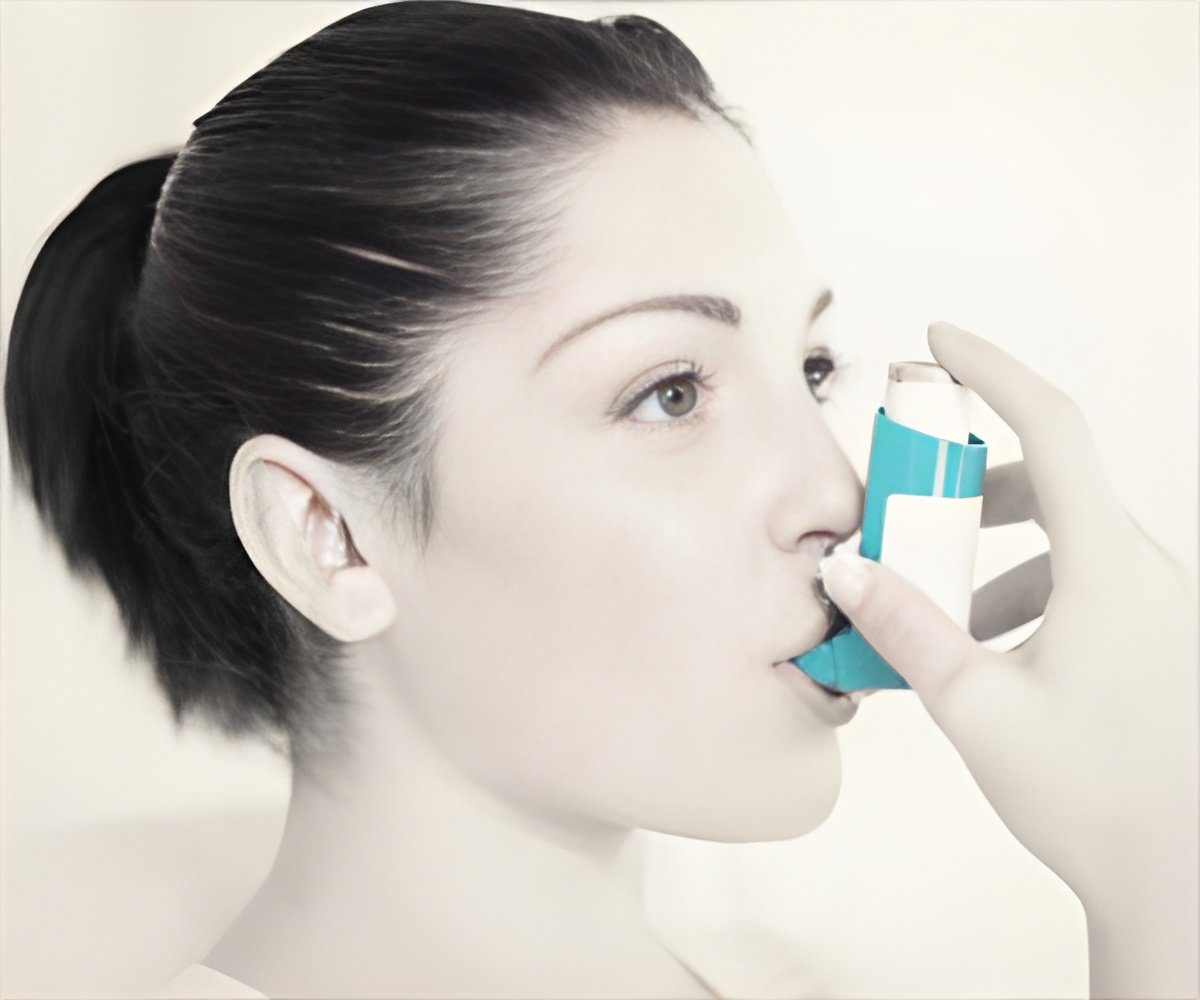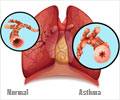The low income minority adults are at a greater risk for developing asthma and also asthma-related deaths. A visit to their homes helps to deal with social environmental issues.

‘Poor housing condition triggers asthma among low-income minority group and can pose a burden on the public health of the community.
’





The new study analyzes patients at ground level, drawing on reports from community health workers who visited asthma patients at their home. The living conditions such as poor housing, neighborhood violence, and lack of social support were found to impose steep barriers to public health care. The research team argues that home visits offer a fuller understanding of how the social environment of asthma patients impacts their overall health.
The authors focused on 301 adults living in low-income Philadelphia neighborhoods who were prescribed an inhaled corticosteroid for asthma and required oral steroids for an exacerbation and/or had an emergency or inpatient visit within the last six months.
Community health workers visited patients in their homes and found 71 percent rented, with many living in one-room apartments or overcrowded spaces with multiple family members.
Many patients also live in typical Philadelphia row homes, which were built in the late 19th century and are difficult to maintain on a limited income. These patients are routinely exposed to common indoor asthma triggers, such as rodents, roaches, and mold.
Advertisement
- It's not just the finances, it's the violence, lack of education and job opportunities
- Homes are in poor repair. Some are just unlivable
- Depression survey seems to trigger a lot of emotions. Often patients are crying as we try to complete it
"They feel there is very little possibility of changing their current living situation, which includes poor housing, exposure to violent crime, and limited access to transportation. Some of these living conditions make it difficult or impossible for patients to get to their medical visits, which results in a further decline of their health."
Advertisement
Twenty-eight percent of those surveyed admitted they currently smoke. Other issues community health workers encountered were low education rates, limited access to healthy foods, and poor general health; 58 percent of patients had hypertension and 32 percent had diabetes.
"Medical personnel no longer make house calls, so this research gives us a view of how poverty, unfavorable home conditions, and lack of social resources limit patients' ability to access healthcare," says Andrea J. Apter, MD, MSc, MA, principal investigator of the study and Chief of the Section of Allergy & Immunology at the Perelman School of Medicine at the University of Pennsylvania.
"Without the knowledge of these barriers, health providers do not have the information needed to create a tailored and empathetic approach to asthma management."
Bryant-Stephens adds, "As long as there is poor housing, health disparities will continue to exist, despite medical advancements being made in the fight against asthma. The issue is not limited to Philadelphia and needs to be addressed on a national scale. Without addressing poor housing, we will never be able to truly eliminate disparities in outcomes among adult asthma patients."









